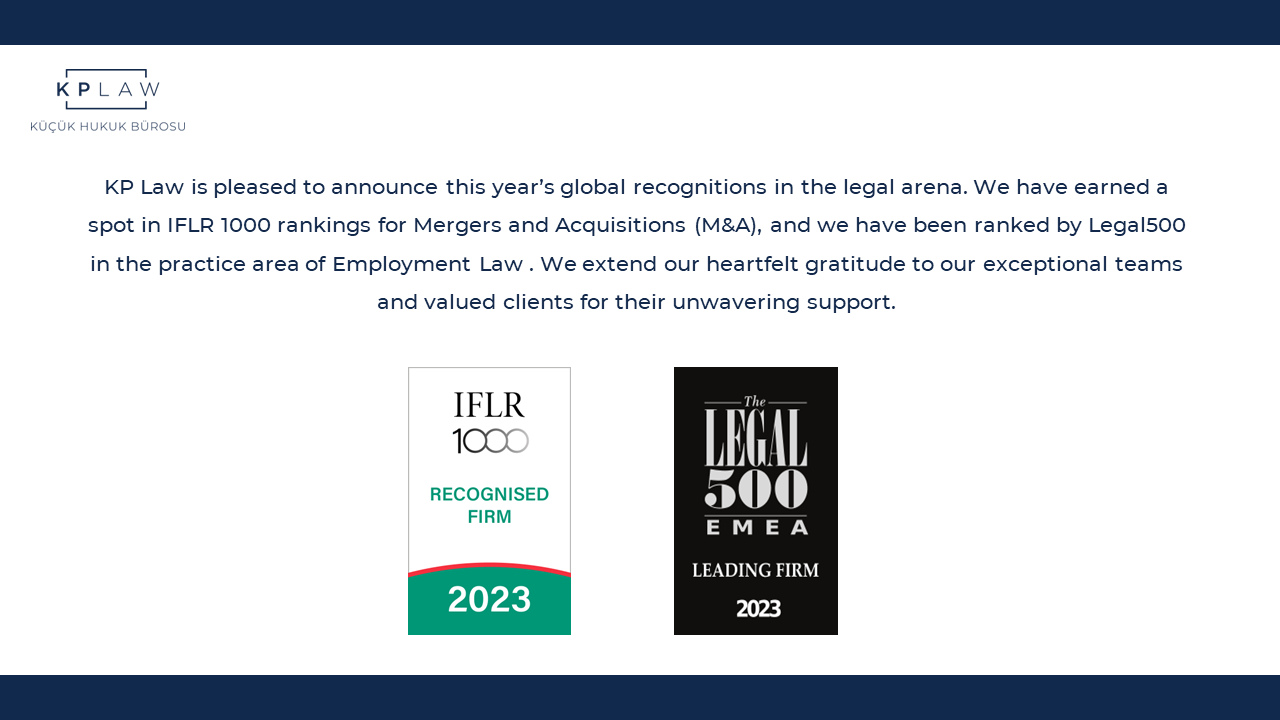News & Insights
Essential Information for Safeguarding Copyrights in the World of NFTs
In a remarkably short span of time, NFTs have brought about a revolutionary shift in the art world. The impact has been so profound that some experts now refer to this era as the 'digital renaissance' of art. However, this transformative wave is not solely attributed to popular collections like 'Bored Apes' or 'Lazy Lions.' The true driving force lies in the newfound ability of creators and buyers to confidently establish ownership of artworks through the immutable technological framework of blockchain. NFTs have the potential to alleviate artists' anxieties regarding copyright disputes, but only if utilized effectively. Let's embark on a step-by-step exploration to understand how this can be achieved.
Understanding NFTs. An NFT, short for non-fungible token, is a distinct cryptographic asset that can be easily identified and cannot be replicated. It is recorded on the blockchain and is typically associated with creative content. In the context of this article, creative content refers to a wide range of items such as product images, artwork, designs, drawings, photographs, and similar creations. NFTs provide a way to securely mint and transfer ownership of these digital assets, making them truly one-of-a-kind in the digital realm.
Untangling Copyright Ownership in NFTs. Determining copyright ownership in the realm of NFTs has been a complex and often misunderstood issue. The confusion primarily arises from the dual nature of an NFT, which consists of two distinct elements: (i) the cryptographic asset recorded on the blockchain, possessing identifiable, non-fungible, non-replicable, and transferrable properties, and (ii) the creative content associated with it.
It's important to recognize that the creative content itself is separate from the asset recorded on the blockchain. Therefore, the copyright ownership lies with the person or entity responsible for creating the creative content. Even if the NFT is sold to a different individual, the original content creator retains the copyright. To illustrate, we can draw a parallel with renowned artist Jeff Koons: just as Koons can sell a physical artwork to be displayed on someone's wall, he can also retain ownership of the copyright and license the same artwork for use on various merchandise, such as t-shirts.
In essence, the ownership of the copyright remains tied to the content creator, regardless of any subsequent transactions involving the NFT itself.
Understanding NFT Ownership: What do buyers actually own? When someone purchases an NFT, they exclusively acquire ownership of the nun-fungible token recorded on the blockchain. It's important to note that the ownership of the creative content itself remains with the content creator. This means that even if the NFT is resold multiple times, the copyright remains with the original creator. The only scenario where this changes is if the copyright owner expressly assigns the copyright to the purchaser of the NFT.
Can the Copyright of the Original Artwork be Transferred to an NFT Buyer? As previously mentioned, it's crucial to understand that acquiring an NFT does not inherently entail the automatic transfer of copyright for the underlying creative content to the NFT owner. However, it is indeed possible to transfer copyright ownership through a contractual agreement between the involved parties, as outlined in the legal framework (refer to 17 U.S.C. §204(a)).
In essence, while the default assumption is that the copyright remains with the content creator, the potential transfer of copyright is contingent upon explicit terms established in a contract between the parties involved.
Managing IP Rights of NFTs: Ensuring Ownership and Transferability. To effectively manage the intellectual property rights associated with NFTs, there are two primary approaches. Firstly, the smart contract can be utilized to assign ownership of the NFT. This smart contract can act as a digital agreement that governs the copyright aspects of the NFT. Alternatively, a separate agreement can be established, specifically outlining how the copyright ownership will be handled upon the sale of the NFT.
Understanding NFT Copyright Infringement. NFT copyright infringement occurs when someone illicitly appropriates creative content, subsequently mints it as a unique digital asset on a blockchain, and proceeds to offer it for sale on an NFT platform. This unauthorized use and distribution of copyrighted material through the creation and sale of NFTs constitute copyright infringement within the NFT ecosystem.
Enforcement against Infringing NFTs: Who Has the Authority? The authority to enforce against NFTs that infringe upon copyrights lies exclusively with the copyright owner or individuals who have been authorized by the copyright owner. Only those with legal ownership or proper authorization can take legal action against NFTs that violate copyright protections.
Minting Artwork from the Public Domain: Legal Considerations. Minting artwork that falls under the public domain can present complex legal challenges. When the copyright protection period expires, artwork enters the public domain, meaning it no longer has a copyright owner. Consequently, anyone can access and mint such artwork. However, it's crucial to note that minting public domain artwork does not grant the NFT owner the right to claim copyright over the original piece. Doing so can be seen as copyfraud. To ensure compliance and minimize legal risks, it is advisable to mint artwork that explicitly grants permission for minting to avoid potential lawsuits.
Enforcing NFTs: An Effective Strategy. Developing an appropriate strategy for NFT enforcement is crucial, particularly when it comes to identifying stolen images on the Internet. The vastness of the online landscape can make this task seem overwhelming. To streamline the process, it is important to recognize that the search should primarily focus on the blockchain. While numerous NFTs exist across various platforms, the majority are minted on the Ethereum network, with some also on Polygon. By narrowing the search to these networks, the task becomes more manageable, transforming the "sea" of possibilities into a more manageable "pond."
Identifying NFT Infringement: Useful Tools. Several tools can aid in identifying stolen images within this "pond" of NFTs. Fingible.nftport.xyz is a tool that searches the Ethereum and Polygon networks and allows for text or reverse image searches. Tineye.com is another popular and advanced image search tool that enables filtering searches to specific NFT marketplace websites. Additionally, utilizing Google Reverse Image search can be effective, as some NFT marketplaces, including OpenSea, use Google as their image host. Therefore, a Google image search can yield results from these marketplaces.
Removing NFT Infringement: Understanding the DMCA Process. To address NFT infringement, the Digital Millennium Copyright Act (DMCA) offers protection for copyright owners in the online realm. Under the DMCA section 512, copyright owners and online entities have a mechanism to combat online infringement while providing certain limitations on liability for compliant service providers. To remove NFT infringement, you can submit a DMCA takedown notice to the NFT marketplace, notifying them of the infringing content and demanding its removal.
Key Details about the DMCA Takedown Notice. The DMCA takedown notice is a powerful tool that requires minimal effort and cost for the party claiming infringement. The notice must meet basic DMCA requirements, which are relatively straightforward. Upon receiving a DMCA notice, the recipient must comply to avoid copyright infringement liability. However, it's important to use the DMCA responsibly and avoid abuse. Excessive pushback from recipients could jeopardize future enforcement on that marketplace or potentially lead to legal action for making false copyright infringement claims.
Next Steps if the Infringement Isn't Removed. Upon receiving a DMCA notice, the marketplace or image host is expected to remove the infringement within a "reasonable" timeframe. Although there is no set definition for "reasonable," if the content is not removed within approximately one week, you may need to explore alternative methods or seek assistance from an attorney.
Best Practices for Submitting a DMCA Request. In most cases, NFT marketplaces or third-party platforms hosting the infringing content provide a webform for submitting DMCA notices. It is advisable to ensure you receive a confirmation email for your webform submission. Additionally, it is recommended to send an email containing the DMCA notice as well. This email serves as documentation, establishes a timeframe for response, and can provide evidence of repeat violations if the situation escalates into litigation.
Measuring Enforcement Efforts in NFTs: Leveraging Transparent Data. Benchmarking enforcement efforts in the realm of NFTs benefits from the transparent nature of blockchain records. As NFT transactions are publicly available on the blockchain, it becomes possible to track the activity of an infringing NFT and observe every sale associated with it. This presents a significant advantage over other products sold online, where enforcement benchmarks often rely on estimations and guesswork.
Obtaining Crucial Evidence for Infringing NFTs. When issuing cease-and-desist letters or pursuing litigation, having concrete evidence of the monetary gains from the sale of an infringing NFT is highly valuable. The blockchain's record of NFT sales allows copyright owners to ascertain the exact amount of money earned by the party that illicitly used the image. This knowledge enables copyright owners to tailor their monetary demands accordingly. Additionally, understanding the popularity of the infringing NFT is essential. The NFT's activity section displays all transfers associated with it, providing insights into its trading frequency and indicating higher demand. This information further strengthens the case for imposing significant monetary consequences on copyright infringers.

